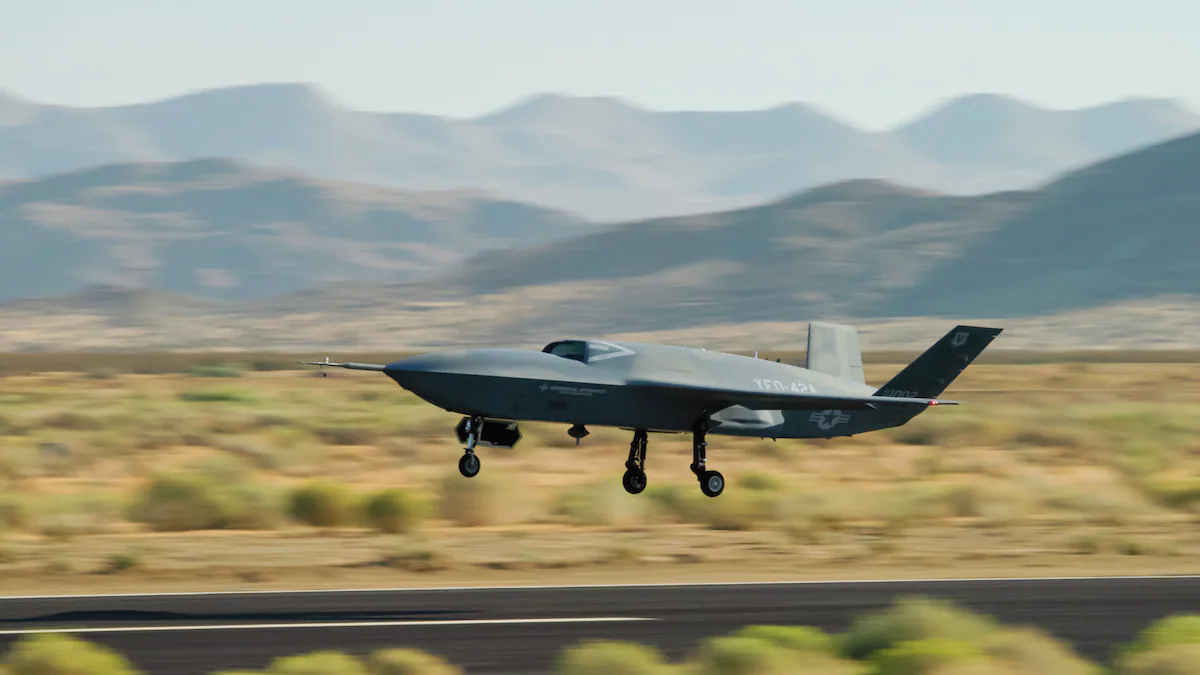
Collaborative combat aircraft are semi-autonomous drone wingmen that the Air Force wants to fly alongside manned fighters, such as the F-35 and the in-the-works F-47, a sixth-generation fighter that Boeing will build.
The Air Force wants CCAs to carry out strikes, conduct reconnaissance missions, jam enemy signals or even serve as drones to lure enemy fire away from the piloted fighters. With pilots and aircraft limited, the Air Force sees CCAs as a so-called “force multiplier” that can expand its ability to accomplish missions without putting more people at risk — and at a lower cost.
In Thursday’s hearing, Sen. Gary Peters, D-Mich., said CCAs are critically important and transformative for the Air Force and will “increase lethality and decrease risk to manned platforms.”
Peters, whose state of Michigan is the home of Selfridge Air National Guard Base, said he hopes “this cutting edge technology” will also be fielded to the National Guard, along with the active duty, particularly since the Guard has shifted from a strategic reserve role to an operational force.
Wilsbach cautioned that the Air Force has “a lot of learning to do” with CCAs, but said the service expects they will not be embedded with already-existing fighter squadrons.
Instead, Wilsbach said, CCAs will make up their own squadrons and will be dispersed to fly alongside manned jets. That will include a strategic basing process, Wilsbach said.
Wilsbach also said that to his knowledge, “I don’t see why the Air Force Reserve [and] the Air National Guard” wouldn’t be considered for CCA squadrons.
In years to come, Selfridge is slated to receive the KC-46A Pegasus tanker and have its retiring A-10 Warthogs replaced by the F-15EX Eagle II fighter. Peters suggested CCAs could also fly alongside the F-15EX and KC-46.
Peters also said the CCA program remains on schedule and on budget, and he called it “a model for successful collaboration between the Air Force and industry.”
Forming independent squadrons of CCAs could give the Air Force flexibility to move them around as needed, and not tie them to particular manned fighters or organizations the way they might be if they became part of existing fighter squadrons.
When the Air Force announced ground testing of CCAs had begun in May, the service also said the first aircraft readiness unit for the drones would be located at Beale Air Force Base in California. This readiness unit would keep CCAs in a “fly-ready status,” allowing them to be rapidly deployed when needed, the service said.